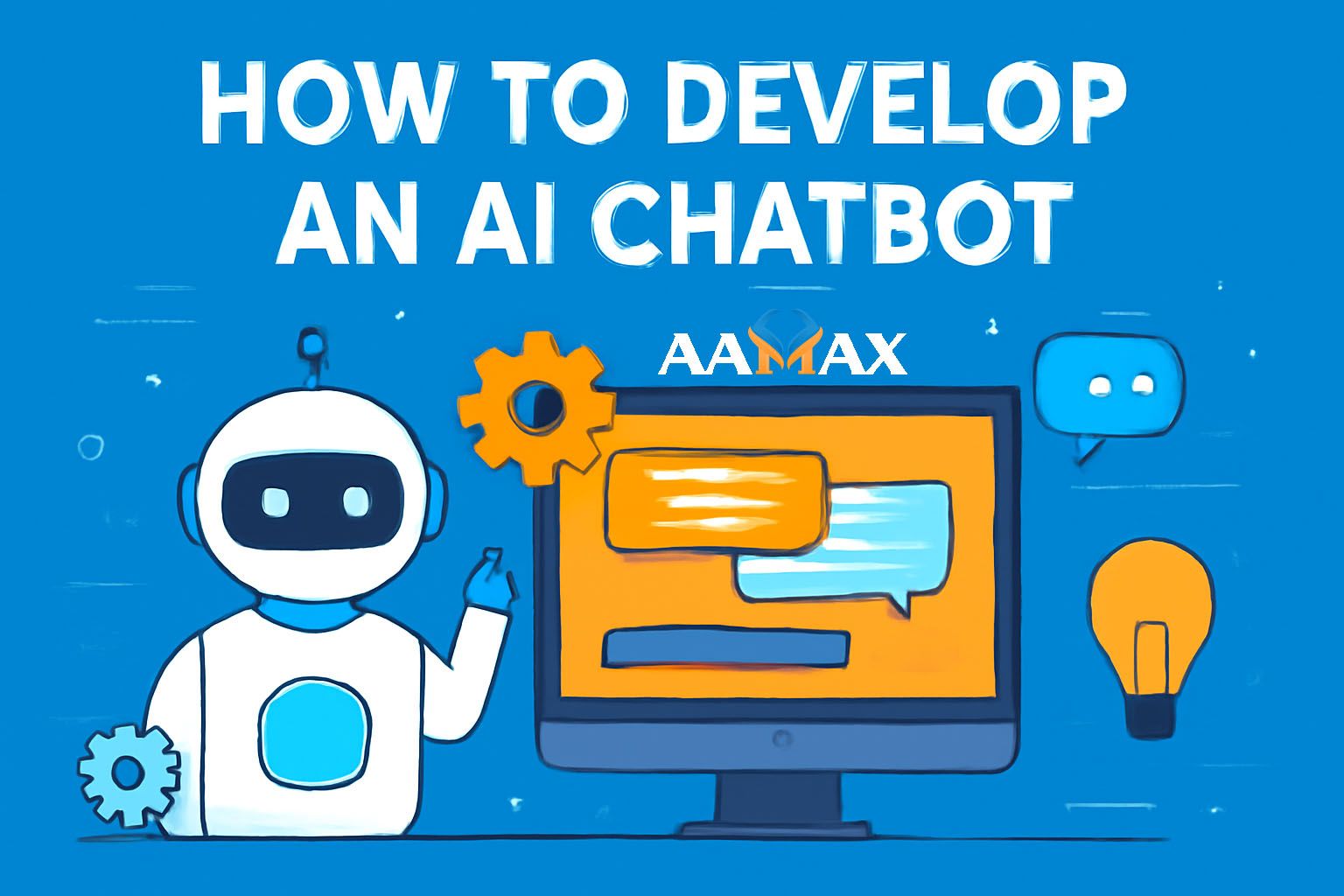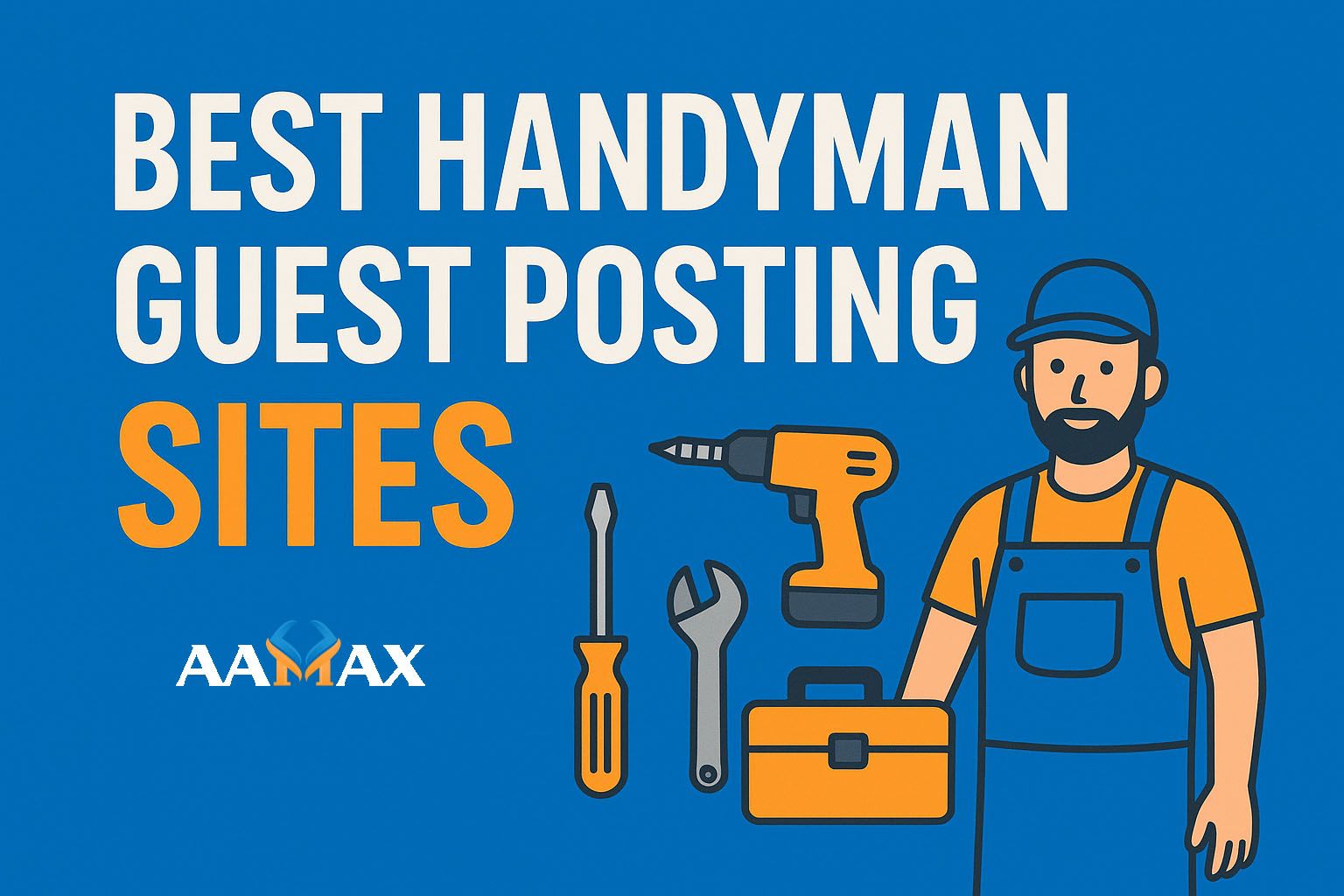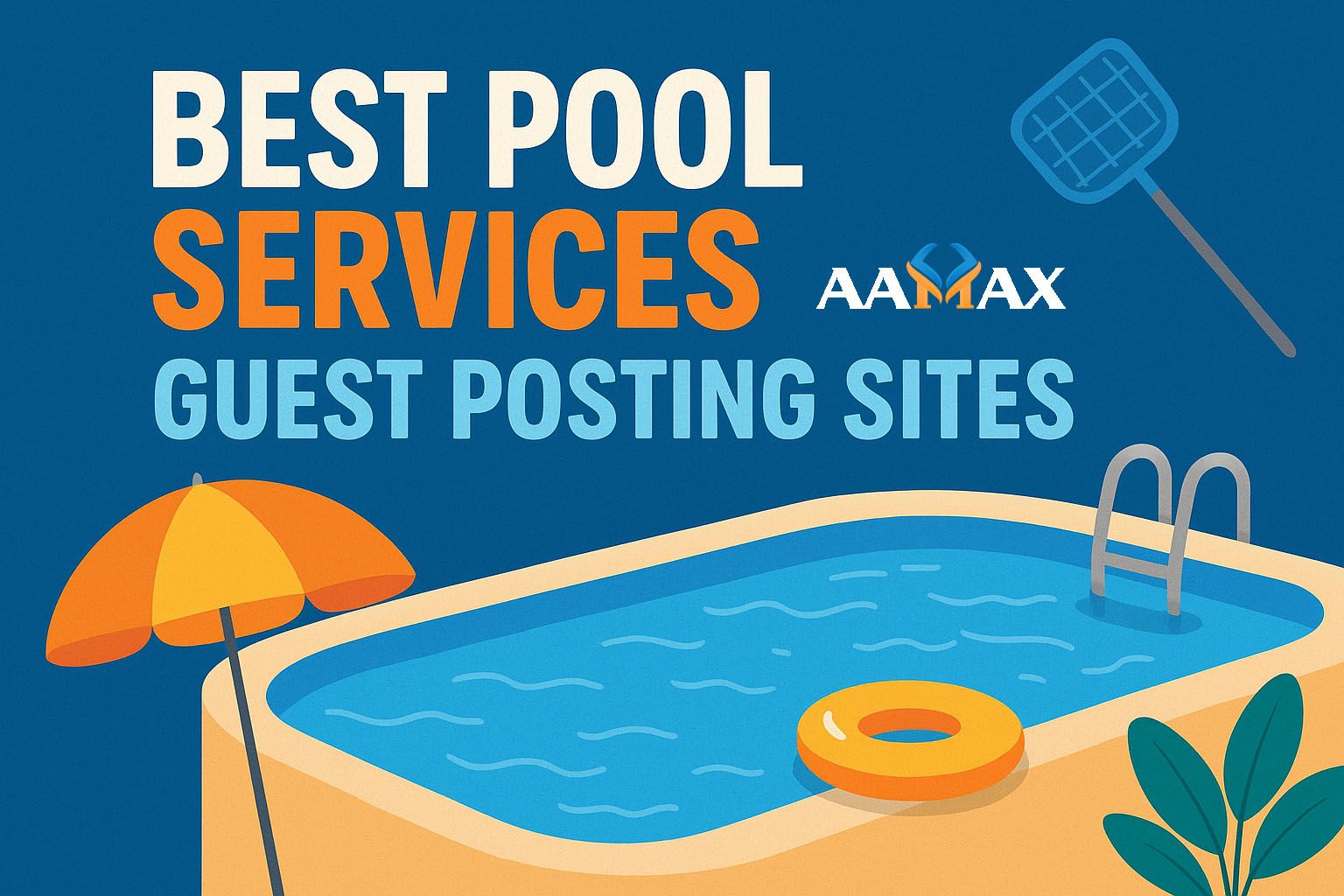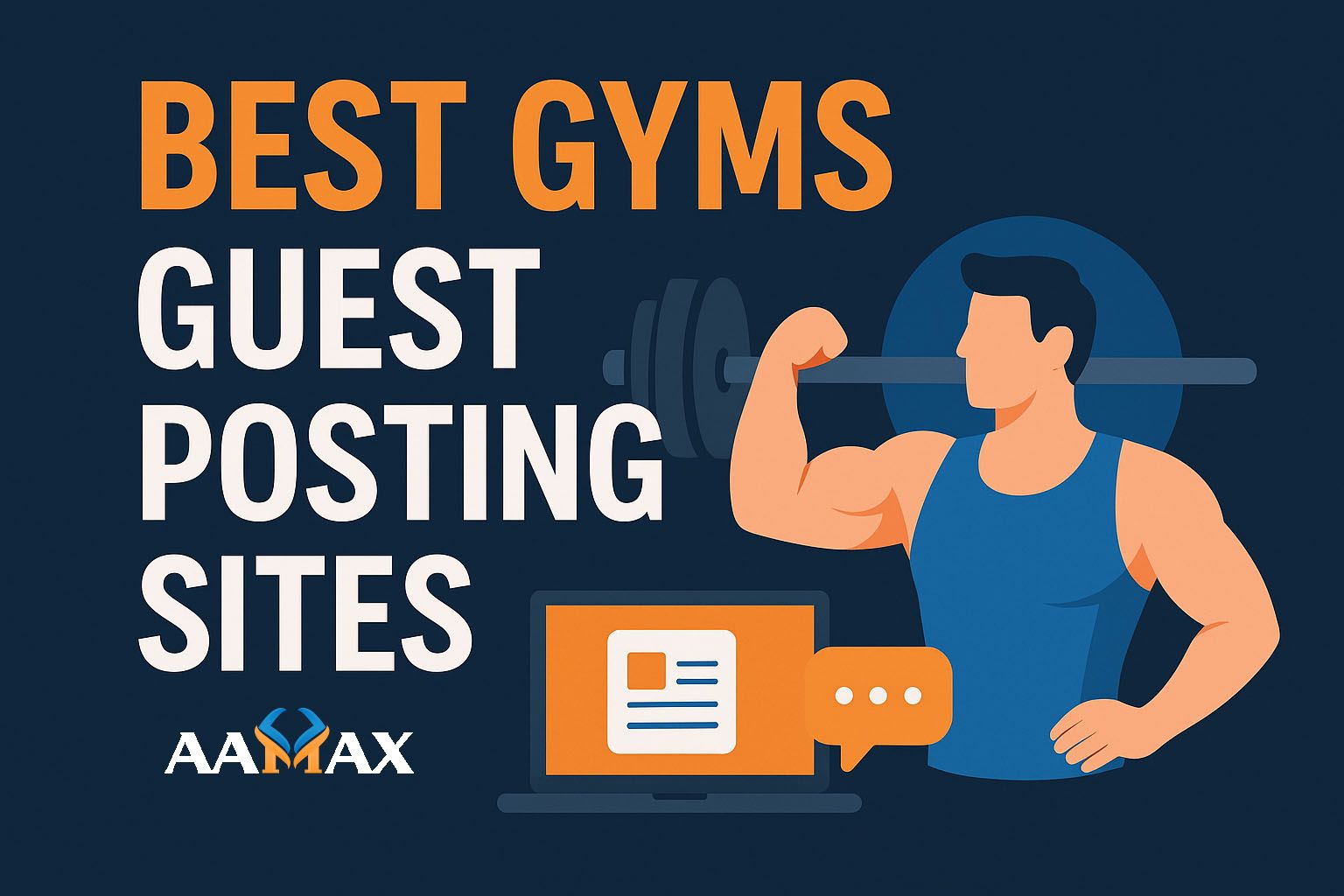
How To Develop an AI Chatbot
Artificial Intelligence (AI) has rapidly transformed how businesses interact with their customers. One of the most practical and widely adopted applications of AI is AI chatbots — virtual assistants capable of automating conversations, solving customer queries, generating leads, and even boosting sales. From e-commerce and healthcare to real estate and education, AI chatbots are redefining customer experience across industries.
In this comprehensive guide, you’ll learn how to develop an AI chatbot, the key technologies behind it, common challenges, and the best practices for building one that delivers real value. Whether you’re a business owner, developer, or marketer looking to explore conversational AI, this guide will help you navigate the process with clarity.
What is an AI Chatbot?
An AI chatbot is a software application that uses artificial intelligence to simulate human-like conversations. Unlike traditional rule-based bots that rely on predefined scripts, AI-powered chatbots use machine learning (ML), natural language processing (NLP), and generative AI models to understand context, intent, and emotions behind a user’s messages.
AI chatbots can:
- Understand user input in natural language.
- Learn from interactions and improve over time.
- Provide personalized and context-aware responses.
- Integrate with multiple platforms like websites, apps, and social media.
These capabilities make AI chatbots ideal for customer support, lead generation, appointment scheduling, and even content recommendation.
Why Businesses Need AI Chatbots
AI chatbots have become essential tools for businesses of all sizes. Here’s why:
1. 24/7 Customer Support
AI chatbots provide around-the-clock assistance, ensuring users can get help at any time — without the need for human agents to be online.
2. Cost Efficiency
Implementing a chatbot drastically reduces customer service costs by automating repetitive queries, freeing human agents for complex issues.
3. Lead Generation & Qualification
By engaging visitors, capturing information, and nurturing prospects, chatbots can automate the early stages of the sales funnel.
4. Personalized Experience
AI enables bots to remember user preferences, purchase history, and context, allowing them to deliver more relevant responses.
5. Scalability
Whether you serve ten or ten thousand customers, chatbots can handle large volumes of interactions simultaneously without compromising quality.
Types of Chatbots
Before diving into the development process, it’s important to understand the main types of chatbots:
1. Rule-Based Chatbots
These are simple bots that follow pre-defined decision trees or scripts. They are ideal for straightforward tasks such as FAQs or form submissions.
2. AI-Powered Chatbots
These chatbots use machine learning and NLP to understand human language, recognize patterns, and adapt their responses. They can handle complex interactions and learn from user behavior.
3. Hybrid Chatbots
Hybrid bots combine the predictability of rule-based logic with the intelligence of AI models, offering a balance between control and adaptability.
How To Develop an AI Chatbot (Step-by-Step)
Developing an AI chatbot involves careful planning, the right tools, and an understanding of user behavior. Let’s break down the process step by step.
Step 1: Define the Purpose and Goals
Start by answering key questions:
- What problem will your chatbot solve?
- Who are your target users?
- What platforms will it operate on (website, WhatsApp, Messenger, etc.)?
- What metrics will define success (customer satisfaction, conversion rate, etc.)?
Having a clear objective ensures your chatbot serves a meaningful purpose and aligns with your business strategy.
Step 2: Choose the Right Platform or Framework
There are several tools and frameworks available for building AI chatbots, each offering different capabilities. Some popular options include:
- Dialogflow (Google Cloud)
- Microsoft Bot Framework
- Rasa (Open Source)
- IBM Watson Assistant
- Amazon Lex
- OpenAI API (for generative chatbots like ChatGPT)
Your choice depends on your technical requirements, budget, and the level of control you want over customization.
Step 3: Design the Conversation Flow
A chatbot’s success depends heavily on how natural and intuitive its conversations feel. You’ll need to:
- Map conversation paths: Identify the most common user intents and design response flows.
- Create fallback mechanisms: Handle unexpected inputs gracefully with polite error responses.
- Include personalization: Use user data (like name or past interactions) to create a more engaging experience.
- Define tone and personality: Ensure your chatbot’s tone matches your brand voice.
You can use conversation design tools such as Botmock, Miro, or Lucidchart to visualize dialogue flows before coding.
Step 4: Implement Natural Language Processing (NLP)
NLP is the brain of your chatbot — it allows it to understand and respond to user messages intelligently.
Core NLP Components:
- Intent Recognition: Determines what the user wants (e.g., “Book a flight,” “Check order status”).
- Entity Extraction: Identifies relevant information such as dates, names, or product types.
- Context Management: Keeps track of the conversation’s state to maintain coherence.
You can use pre-trained NLP models or APIs like spaCy, BERT, GPT, or cloud NLP services from major providers.
Step 5: Integrate AI and Machine Learning
AI enables your chatbot to learn and adapt from user interactions. Machine learning models can help in:
- Improving response accuracy through continuous learning.
- Personalizing interactions based on historical data.
- Detecting user sentiment to tailor tone and suggestions.
Training involves feeding the chatbot with a large dataset of conversations and refining its model with ongoing feedback.
Step 6: Connect to Databases and APIs
To make your chatbot truly functional, connect it to your backend systems and third-party APIs. For example:
- CRM integration for personalized recommendations.
- E-commerce APIs for order tracking.
- Payment gateways for transactions.
- Scheduling APIs for booking appointments.
This integration transforms your chatbot from a conversational interface into a powerful automation tool.
Step 7: Develop and Test the Chatbot
Now it’s time to build and test your chatbot. Depending on the platform, you can use SDKs or APIs to implement the logic.
Testing Tips:
- Conduct unit and integration testing.
- Simulate real-world scenarios to identify weak spots.
- Ensure multi-language support if required.
- Test across multiple devices and communication channels.
Iterative testing and improvement are crucial for ensuring your chatbot provides accurate and user-friendly responses.
Step 8: Deploy the Chatbot
Once tested, deploy your chatbot to your desired channels:
- Website chat widgets
- Messaging apps (WhatsApp, Messenger, Telegram)
- Mobile apps
- Voice assistants (Google Assistant, Alexa)
Make sure to monitor performance after deployment and gather feedback from users for further optimization.
Step 9: Monitor and Improve
A successful chatbot evolves with time. After deployment:
- Track metrics such as user engagement, satisfaction scores, and conversion rates.
- Analyze chat logs to discover new intents or issues.
- Continuously retrain your AI models to enhance accuracy.
Monitoring ensures your chatbot remains effective, relevant, and aligned with user needs.
Common Challenges in AI Chatbot Development
Building an AI chatbot is rewarding, but it comes with challenges such as:
- Ambiguous user inputs: Natural language can be complex and context-dependent.
- Data privacy concerns: Ensure compliance with GDPR and other data protection laws.
- Maintaining user trust: Avoid over-promising or generating incorrect responses.
- Scalability issues: Ensure the chatbot infrastructure can handle growing traffic.
By addressing these challenges proactively, you can create a robust and reliable AI chatbot.
Best Practices for AI Chatbot Development
To ensure your chatbot delivers maximum value, follow these best practices:
- Start Small, Then Scale: Launch with limited functionalities and expand as you collect data.
- Use Real Conversations for Training: Real-world data helps improve accuracy.
- Human Handoff: Always allow users to connect with a live agent when needed.
- Keep Conversations Natural: Avoid robotic responses; use tone and phrasing that feel human.
- Regular Updates: Continuously update and retrain the chatbot to reflect new information or business changes.
Real-World Applications of AI Chatbots
AI chatbots are transforming industries with their versatility:
- E-commerce: Personalized shopping and order tracking.
- Healthcare: Appointment scheduling and symptom checking.
- Banking: Balance inquiries and fraud alerts.
- Education: Virtual tutoring and student assistance.
- Travel: Ticket booking and itinerary management.
The possibilities are limitless, and the technology continues to evolve rapidly.
Hire AAMAX for Professional AI Chatbot Development
If you’re ready to build a powerful and intelligent chatbot but need expert guidance, consider working with AAMAX — a full-service digital marketing and development agency. AAMAX specializes in AI chatbot development, web development, digital marketing, and SEO services. Their experienced team designs custom AI solutions that fit your business needs, ensuring seamless integration, intuitive user experience, and measurable results.
Whether you want to automate customer service, generate leads, or enhance user engagement, AAMAX can turn your vision into reality with cutting-edge AI technology.
Final Thoughts
Developing an AI chatbot is no longer a futuristic concept — it’s a practical strategy for businesses aiming to enhance efficiency and customer satisfaction. By following a structured development process, implementing advanced AI techniques, and continuously improving your bot’s capabilities, you can create a conversational agent that truly represents your brand and delivers value to your users.
If you’re looking for a reliable partner to bring your chatbot project to life, AAMAX is the ideal choice to help you harness the power of AI for your business success.







